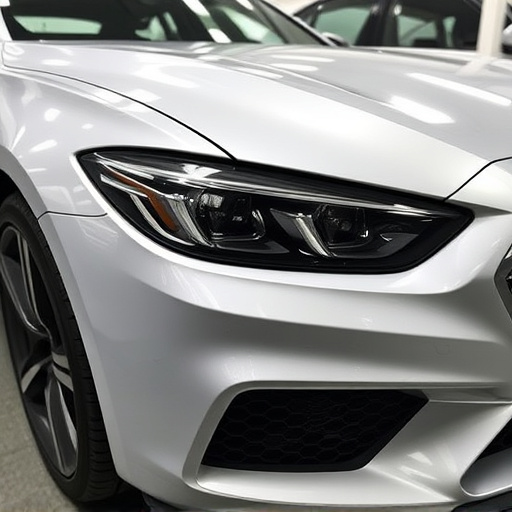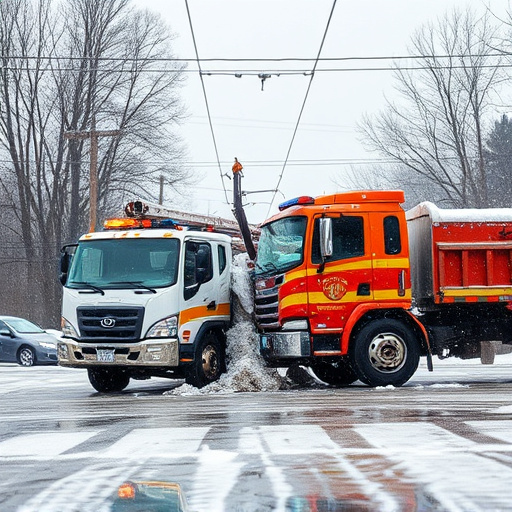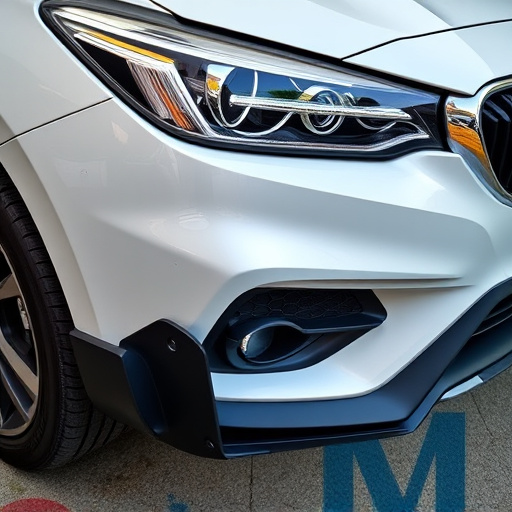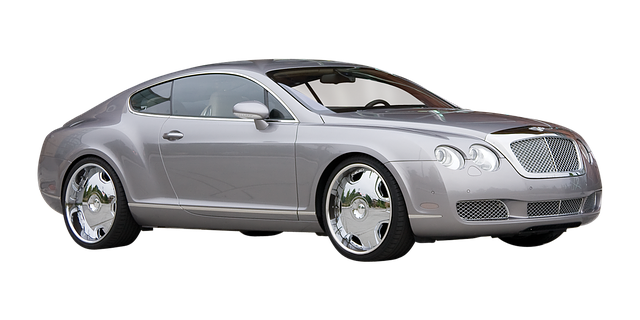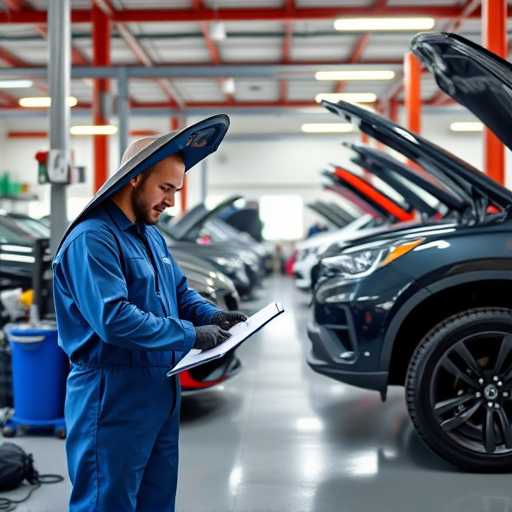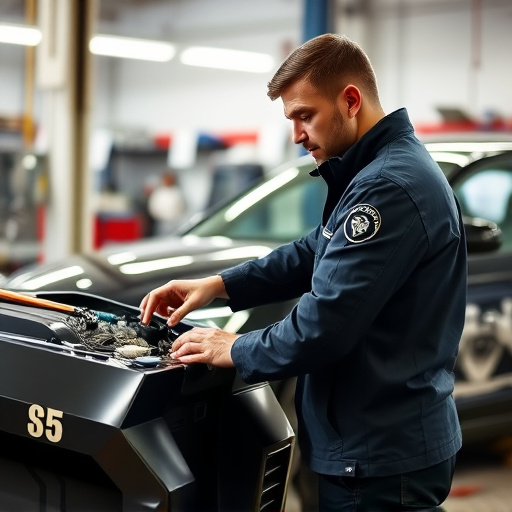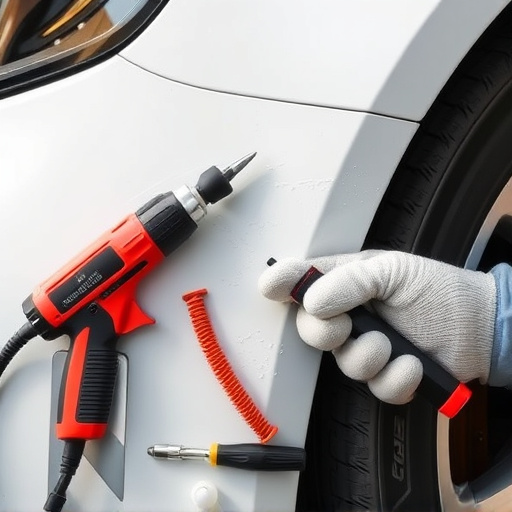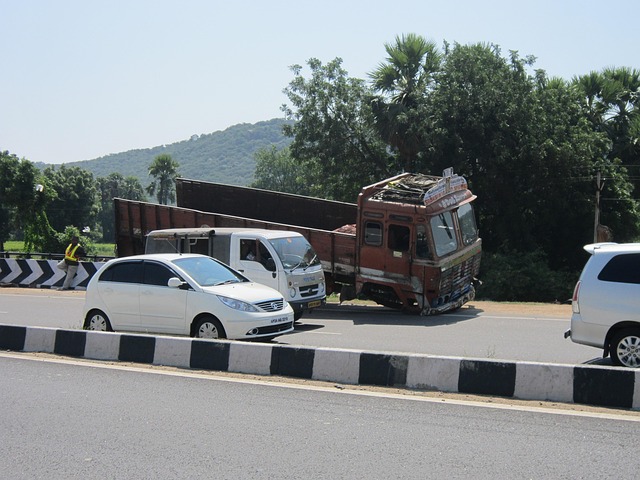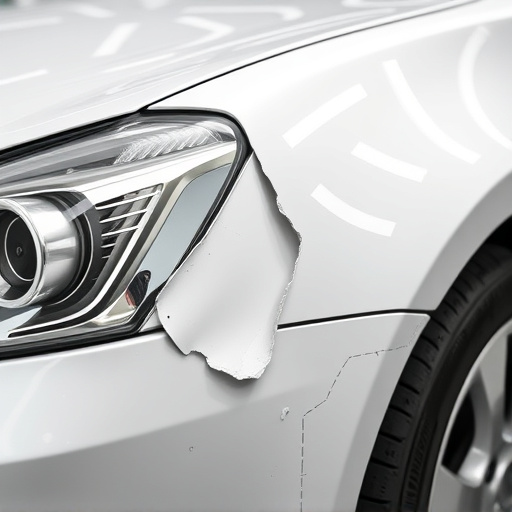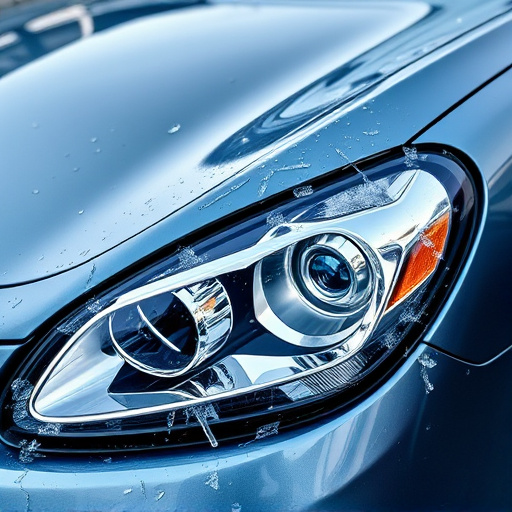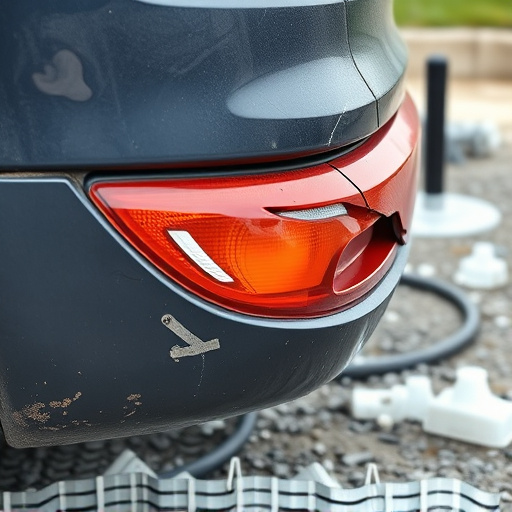Rising auto glass repair costs globally are driven by complex glass designs, skilled labor demands, safety regulations, and weather damage. The insurance industry has shifted from basic to comprehensive glass repair policies, covering advanced vehicle systems and enhancing safety/aesthetics. This trend is fueled by increasing auto glass replacement costs, modern vehicle complexity, and demand for high-end repairs like Mercedes Benz collision services.
In recent years, the cost of auto glass repairs has been on the rise globally. This trend has forced insurance providers to reassess their policies, leading to an increase in premium coverage for glass replacement services. As vehicles become more sophisticated and glass becomes a more intricate part of automotive design, the complexity and expense of repairs have surged. This article explores the factors behind this shift, delving into rising material costs, advancements in safety technologies, and the evolving expectations of consumers.
- Rising Costs of Auto Glass Repairs: A Global Trend
- The Evolving Role of Insurance in Glass Replacement
- Factors Driving the Increase in Premium Coverage
Rising Costs of Auto Glass Repairs: A Global Trend
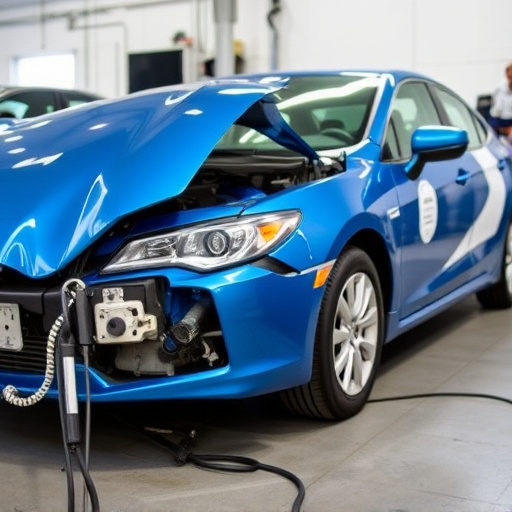
In recent years, the global trend of rising costs for auto glass repairs has become increasingly prominent. This surge can be attributed to several factors, including advancements in vehicle technology that result in more complex glass designs and structures, as well as the increasing prevalence of high-tech coatings and treatments aimed at enhancing safety and performance. For instance, laminated glass, which is now standard in many vehicles, is significantly more expensive to replace than traditional tempered glass due to its multiple layers and bonding agents.
Furthermore, the demand for specialized glass repair services has grown alongside stricter safety regulations worldwide. As cars become more sophisticated, so do their glass components. This requires skilled technicians and advanced equipment to handle repairs properly, which contributes to higher service costs. Additionally, weather-related events like severe storms and hail damage have led to a surge in claims for glass repair insurance, further pressing up the prices. These factors collectively drive up the overall cost of auto glass repairs globally.
The Evolving Role of Insurance in Glass Replacement
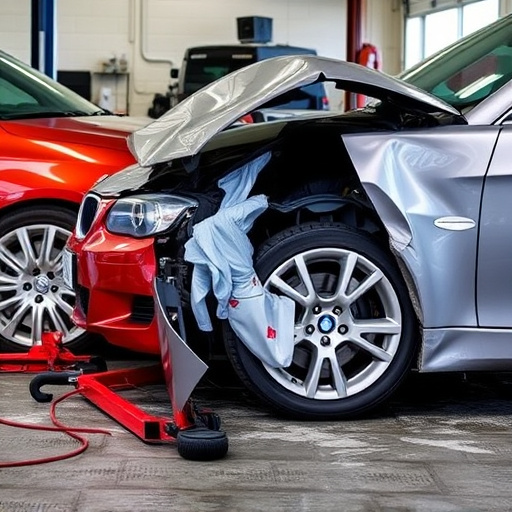
The insurance industry has witnessed a significant shift in the way it approaches glass replacement, reflecting broader changes in the automotive landscape. Traditionally, glass repair or replacement was often treated as a secondary concern, with policies offering basic coverage. However, evolving customer expectations and advancements in vehicle technology have prompted insurers to enhance their offerings. Today, premium coverage for auto glass is not just about fixing cracks or chips; it’s about ensuring safe, reliable, and modern driving experiences.
This evolution is particularly evident in the context of auto repair near me services. As vehicles become more complex, with advanced frames and sophisticated safety systems integrated into the structure, proper glass repair becomes critical. Insurers are now investing in specialized glass repair techniques and materials to meet these new standards, including frame straightening and comprehensive auto body repair solutions. This shift ensures that when a driver encounters a sudden impact or a minor chip, their vehicle is restored to its optimal condition, enhancing both safety and aesthetics.
Factors Driving the Increase in Premium Coverage
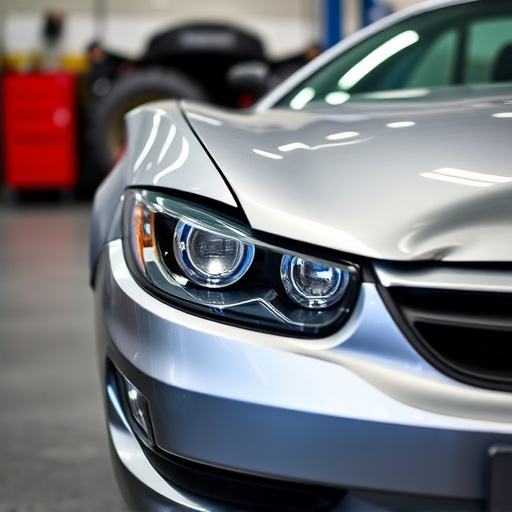
The increasing demand for comprehensive auto glass repair insurance coverage can be attributed to several key factors. One significant driver is the rising cost of auto glass replacement services, which has been steadily climbing due to advancements in technology and the availability of high-quality materials. These advancements not only enhance the safety features of vehicle windows but also contribute to higher labor costs associated with specialized glass repair and installation techniques.
Additionally, the complexity of modern automobiles means that auto glass is often integrated with advanced systems such as lane departure warning, side impact protection, and sunroof mechanisms. Damage to these intricate components can be costly to fix or replace, making comprehensive insurance plans more appealing to vehicle owners. This trend is further exacerbated by the prevalence of mercedes benz collision repair and other high-end vehicle dent repairs, where precision and specialized knowledge are required to restore original aesthetics and safety standards.
As global auto glass repair costs continue to rise, insurance providers are adjusting their policies to offer premium coverage for these expenses. The evolving role of insurance in glass replacement, coupled with factors like labor shortages and advanced vehicle designs, is driving this trend. Understanding these changes is crucial for both consumers and insurers as they navigate the complexities of auto glass repair insurance in today’s market.
